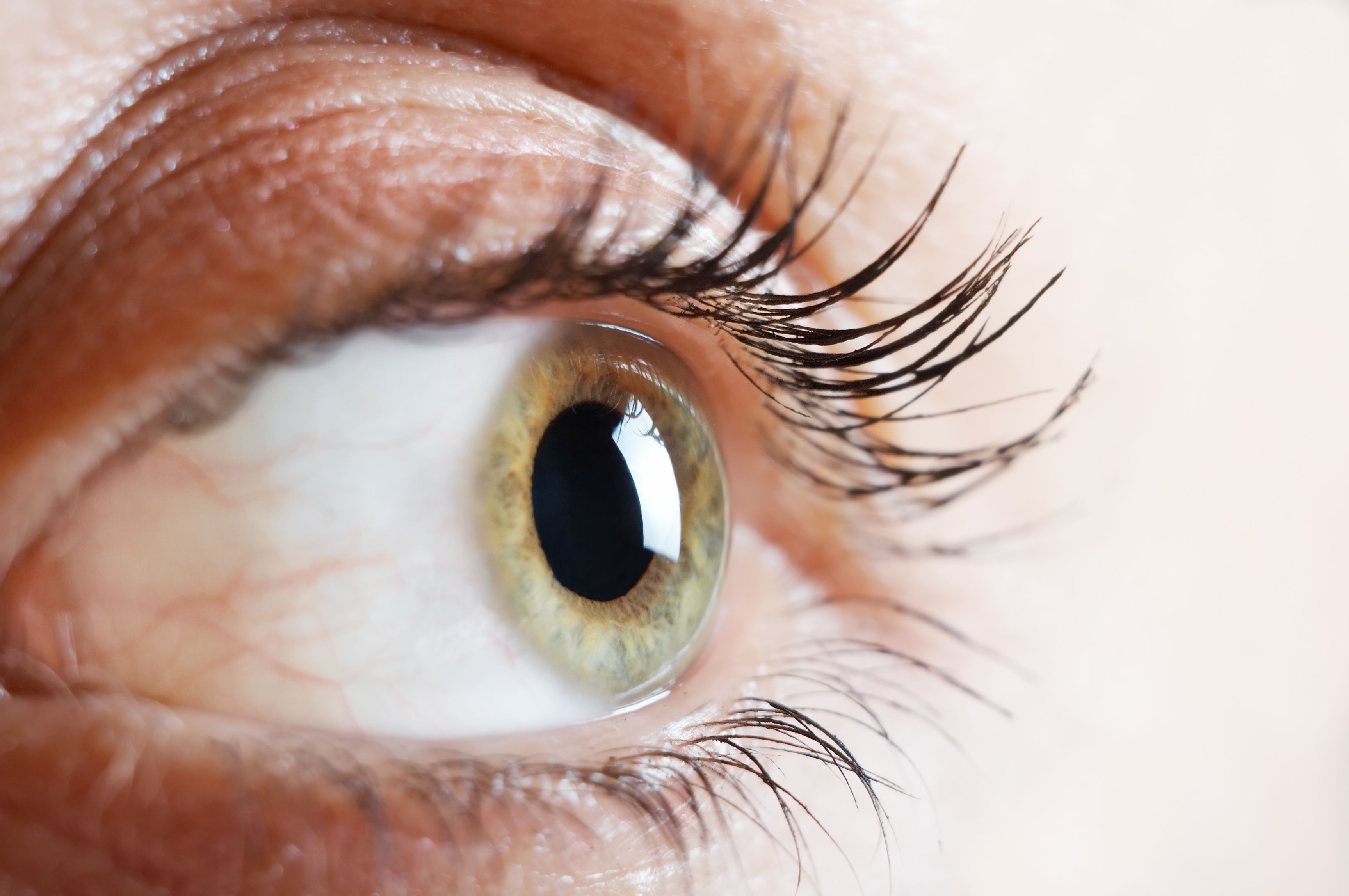News
Article
Researchers examine accuracy of a commonly used mobile ophthalmology application’s vision assessment tools
Author(s):
Investigators at the Dean McGee Eye Institute reviewed the accuracy of the tools in measuring 5 vision assessment parameters, including distance visual acuity, near visual acuity, color vision testing, contrast sensitivity, and pupillary distance.
(Image Credit: AdobeStock/viperagp)

A team of researchers at the Dean McGee Eye Institute examined the accuracy of the vision assessment tools in a commonly used mobile ophthalmology application.
According to the study, the use of mobile ophthalmology applications (MOA) is increasing, but many of these tools have not been validated.1
The study, published in the journal Nature, was performed to examine the accuracy of an MOA, Eye Handbook, in measuring 5 commonly-tested vision assessment parameters, including distance visual acuity (DVA), near visual acuity (NVA), color vision testing (CVT), contrast sensitivity (CS), and pupillary distance (PD). They were compared with traditional vision assessment methods (TVAM) [i.e. Snellen chart, Rosenbaum near card, Ishihara, Pelli Robson test, etc.] performed in the eye clinic setting.1
The prospective crossover clinical trial included 129 patients who had met the inclusion criteria.
According to the study, the participants averaged significantly better DVA (p = 0.0008), NVA (p < 0.0001), and CVT (p = 0.0105) in the MOA than the TVAM, but all 3 MOA assessments were predictive of the TVAM values.
Moreover, the researchers noted that CS was significantly better with the MOA (p < 0.0001). Linear regression and Spearman correlation tests were applied to assess the effect of CS on NVA, which showed no clear relationship between the difference in NVA and the difference in CS. PD using the 2 methods was in agreement with no significant difference (p = 0.2889).
Conclusion
“The studied MOA offers an effective means of measuring four common vision parameters: DVA, NVA, CVT, and PD,” the researchers concluded. “The MOA can potentially be used by eye care providers, health care providers, and patients, both as a screening tool with correction factor and to monitor ocular pathologies. Atypical MOA measurements should prompt testing in the clinic with formal TVAMs.”
Reference:
Raney, A., Cottom, S., Huff, J. et al. Accuracy of a commonly used mobile ophthalmology application’s vision assessment tools in measuring five vision assessment parameters. Eye Published September 2, 2024. Accessed September 4 2024. https://doi.org/10.1038/s41433-024-03315-7
Newsletter
Don’t miss out—get Ophthalmology Times updates on the latest clinical advancements and expert interviews, straight to your inbox.




